Publications
2025
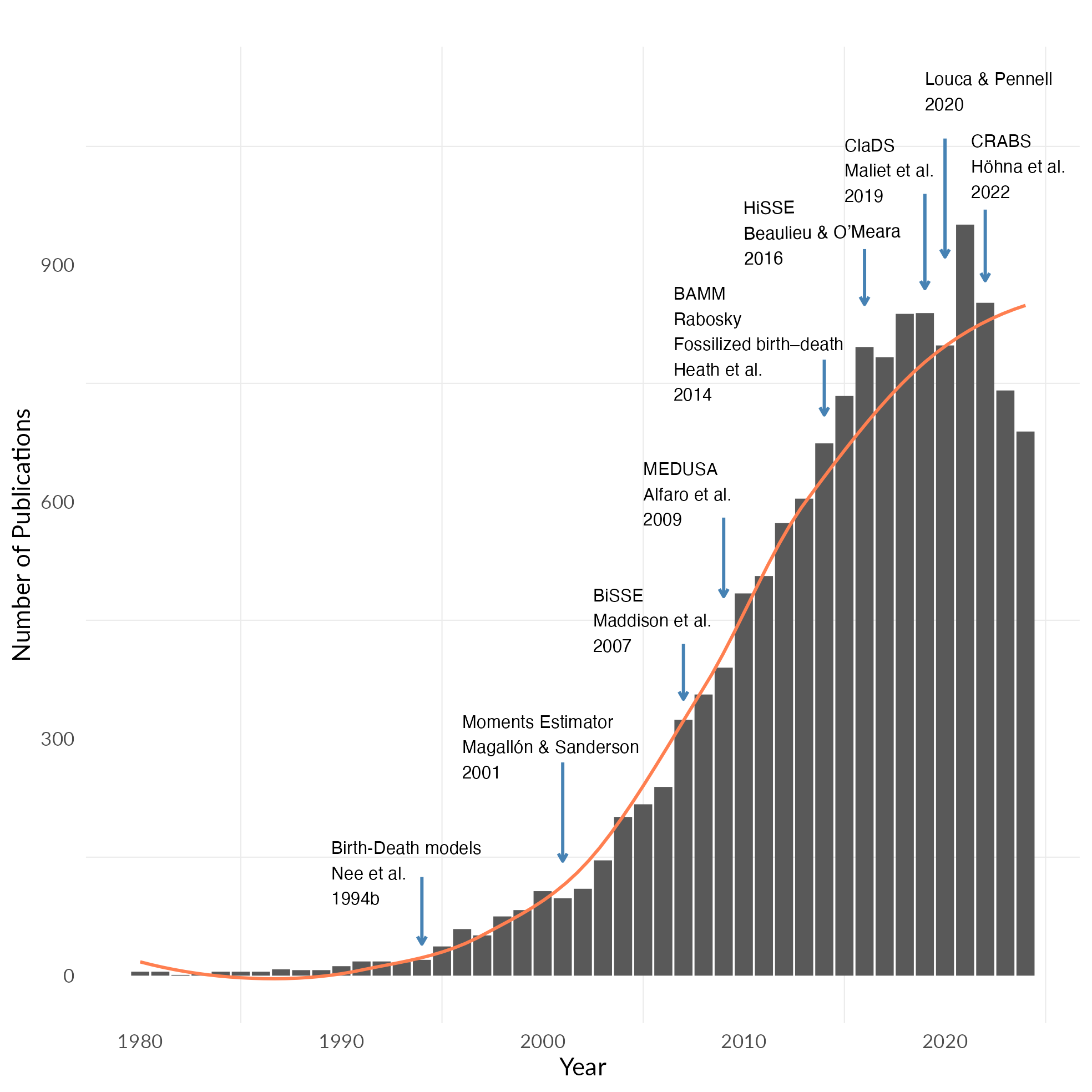
An Evolving View of Lineage Diversification
Systematic Biology
·
05 Dec 2025
·
doi:10.1093/sysbio/syaf086
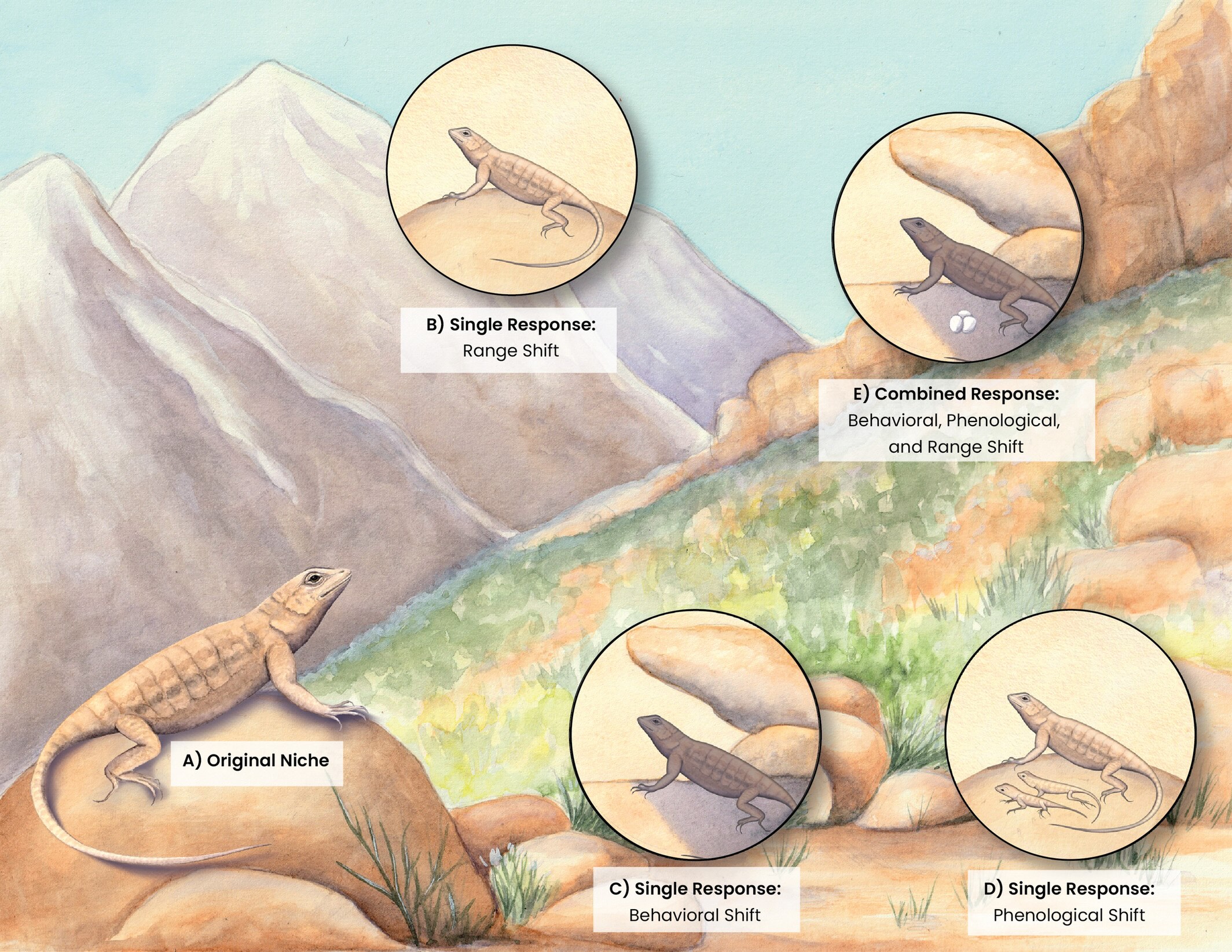
Chasing the Niche: Escaping Climate Change Threats in Place, Time, and Space
Global Change Biology
·
01 Apr 2025
·
doi:10.1111/gcb.70167
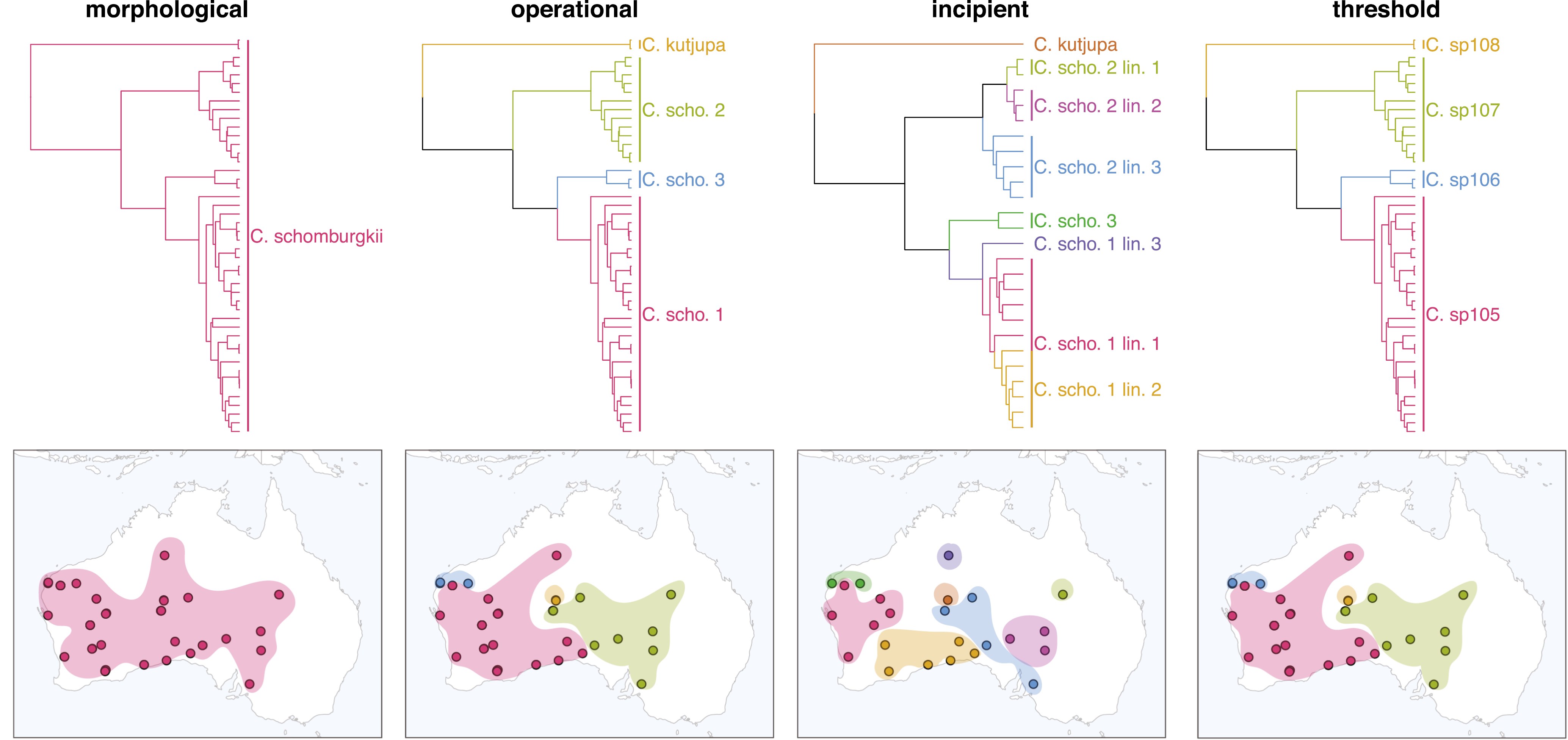
Adaptive radiation, ‘taxon murk’, and the reality of early burst speciation: an example from Australia’s scincid lizards
Evolutionary Journal of the Linnean Society
·
01 Jan 2025
·
doi:10.1093/evolinnean/kzaf006
2024
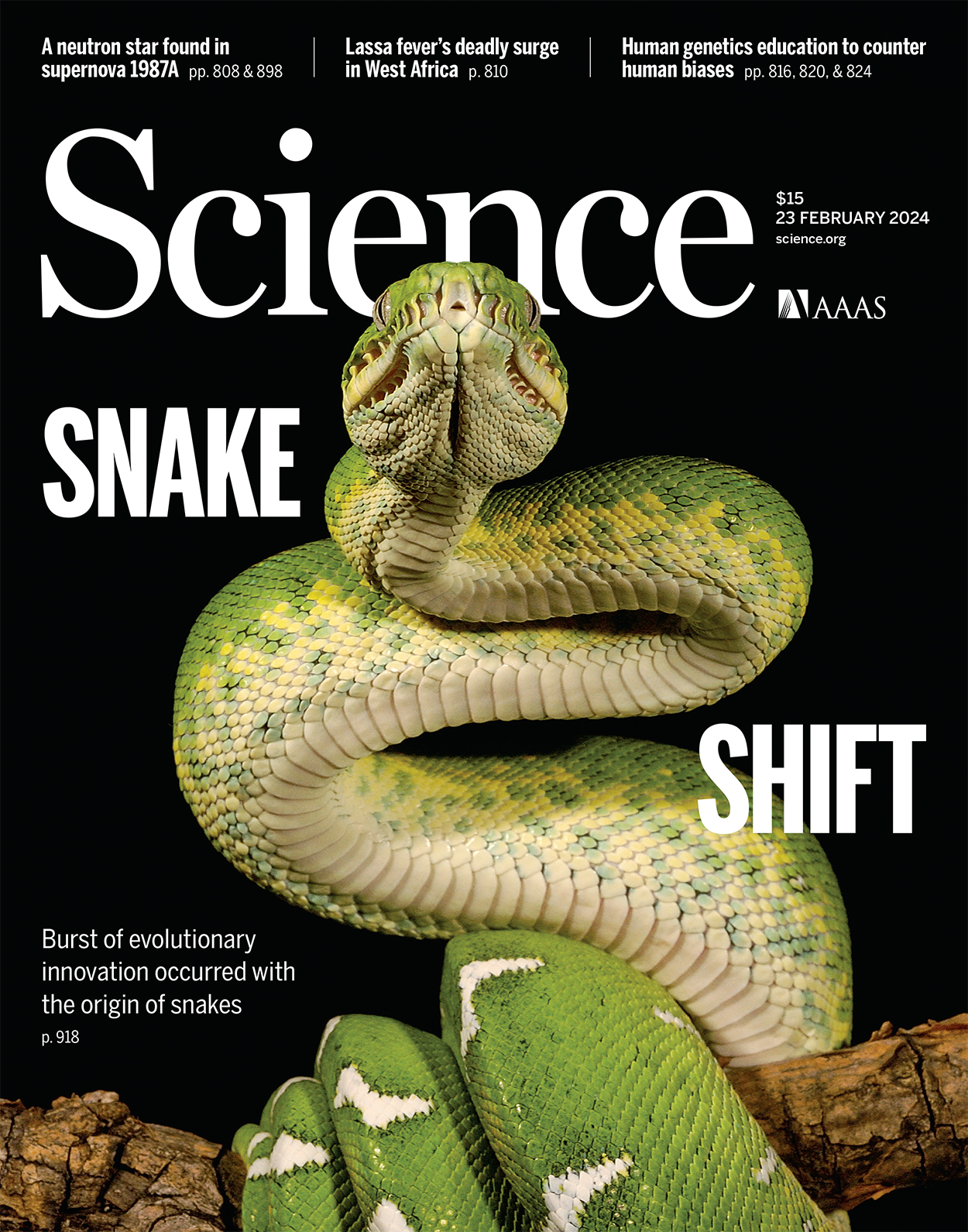
The macroevolutionary singularity of snakes
Science
·
23 Feb 2024
·
doi:10.1126/science.adh2449
2022

Deep ecomorphological and genetic divergence in Steller's Jays (Cyanocitta stelleri, Aves: Corvidae)
Ecology and Evolution
·
30 Nov 2022
·
doi:10.1002/ece3.9517

Methods in Ecology and Evolution
·
25 Jun 2022
·
doi:10.1111/2041-210X.13914
2021
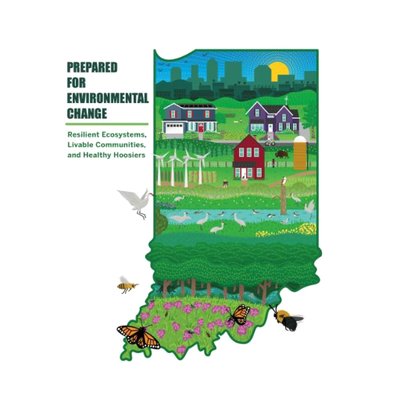
What fosters the success of a transdisciplinary environmental research institute? Reflections from an interdisciplinary research cohort
Elementa: Science of the Anthropocene
·
01 Jan 2021
·
doi:10.1525/elementa.2020.00132
2020
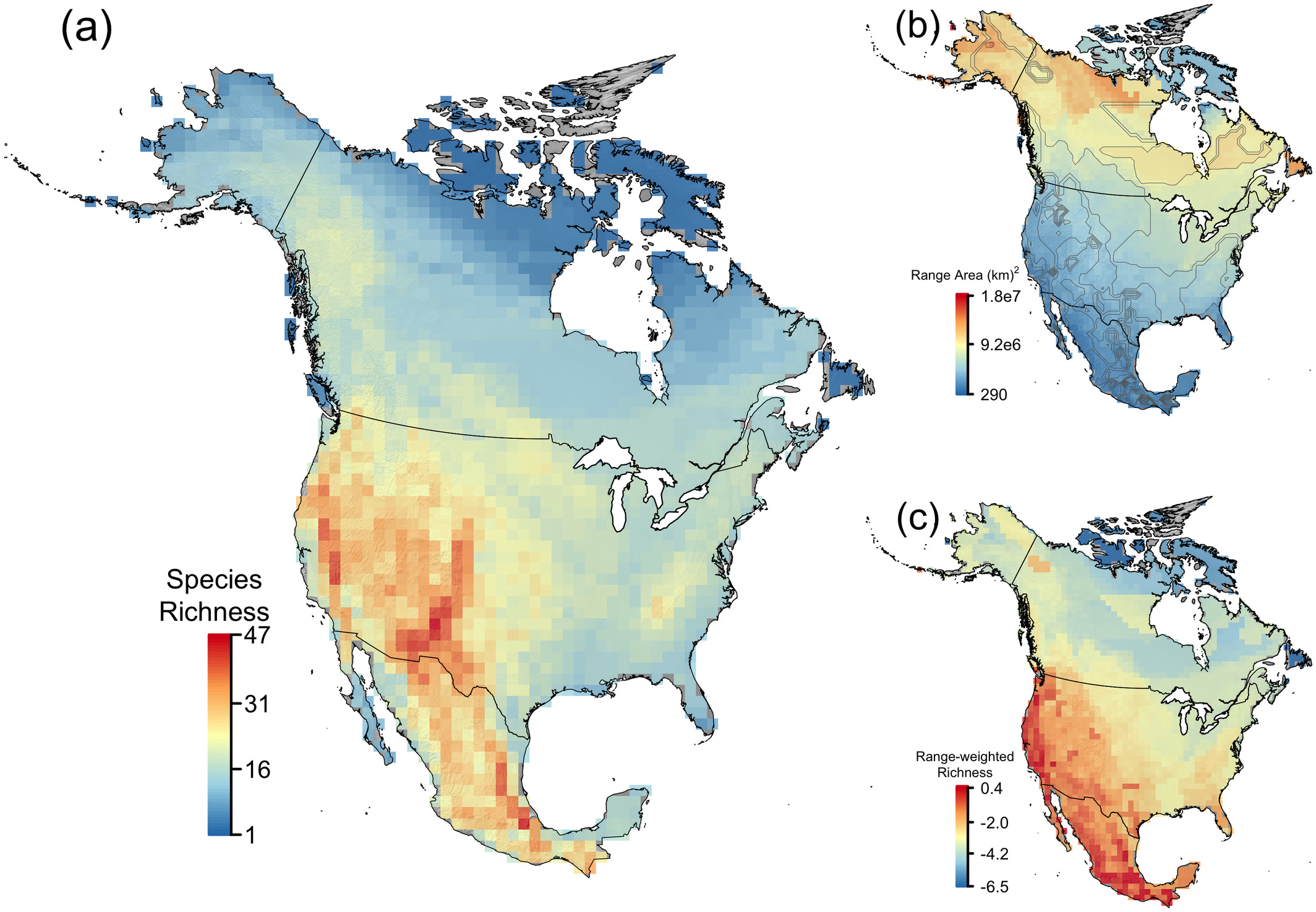
Multi‐dimensional biodiversity hotspots and the future of taxonomic, ecological and phylogenetic diversity: A case study of North American rodents
Global Ecology and Biogeography
·
10 Jan 2020
·
doi:10.1111/geb.13050
2019

Tip rates, phylogenies and diversification: What are we estimating, and how good are the estimates?
Methods in Ecology and Evolution
·
11 Feb 2019
·
doi:10.1111/2041-210X.13153
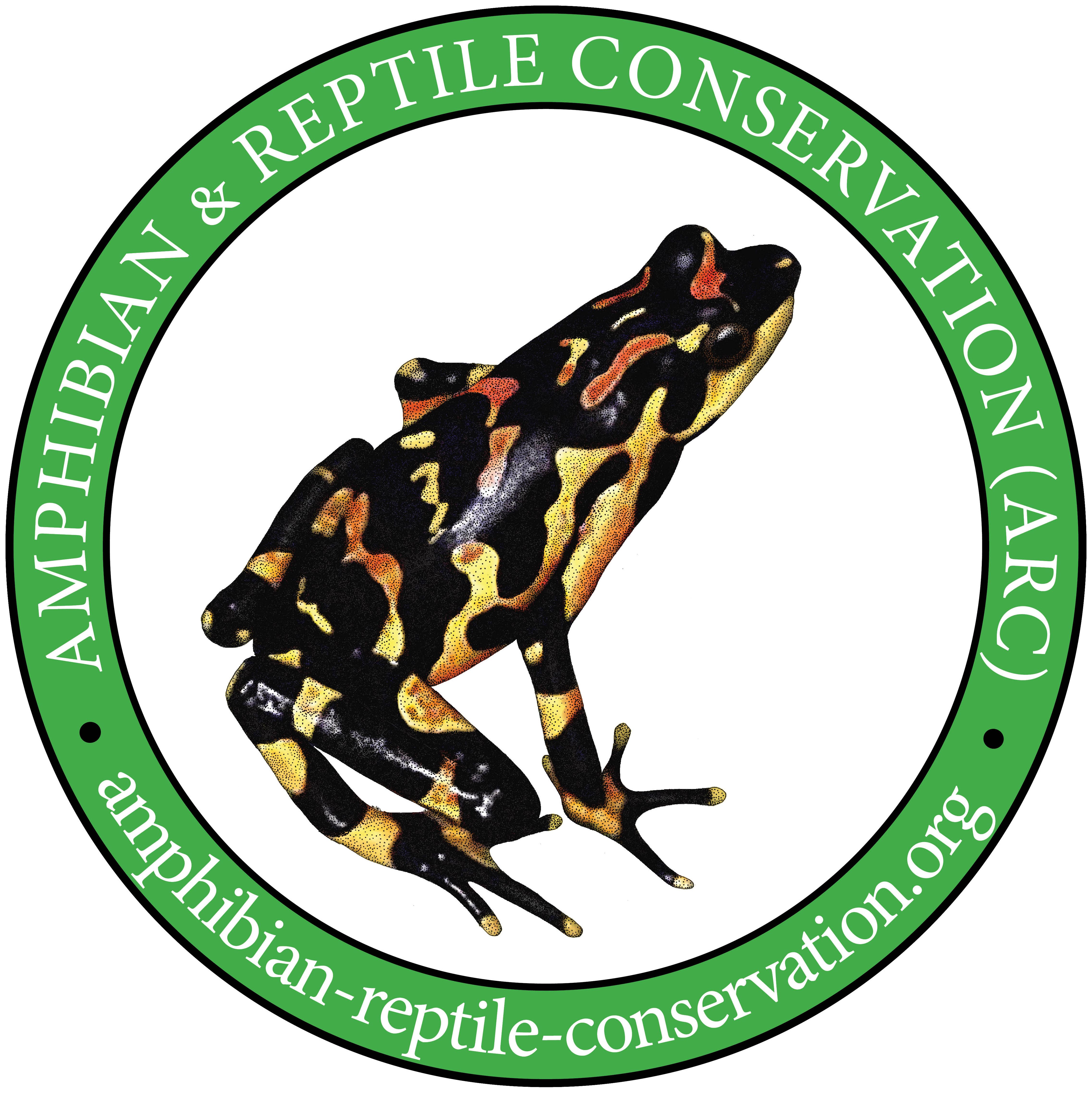
Ecological interactions between arthropods and small vertebrates in a lowland Amazon rainforest
Amphibian & Reptile Conservation
·
01 Jan 2019
·
[no id info]
2018

Does Population Structure Predict the Rate of Speciation? A Comparative Test across Australia’s Most Diverse Vertebrate Radiation
The American Naturalist
·
01 Oct 2018
·
doi:10.1086/699515
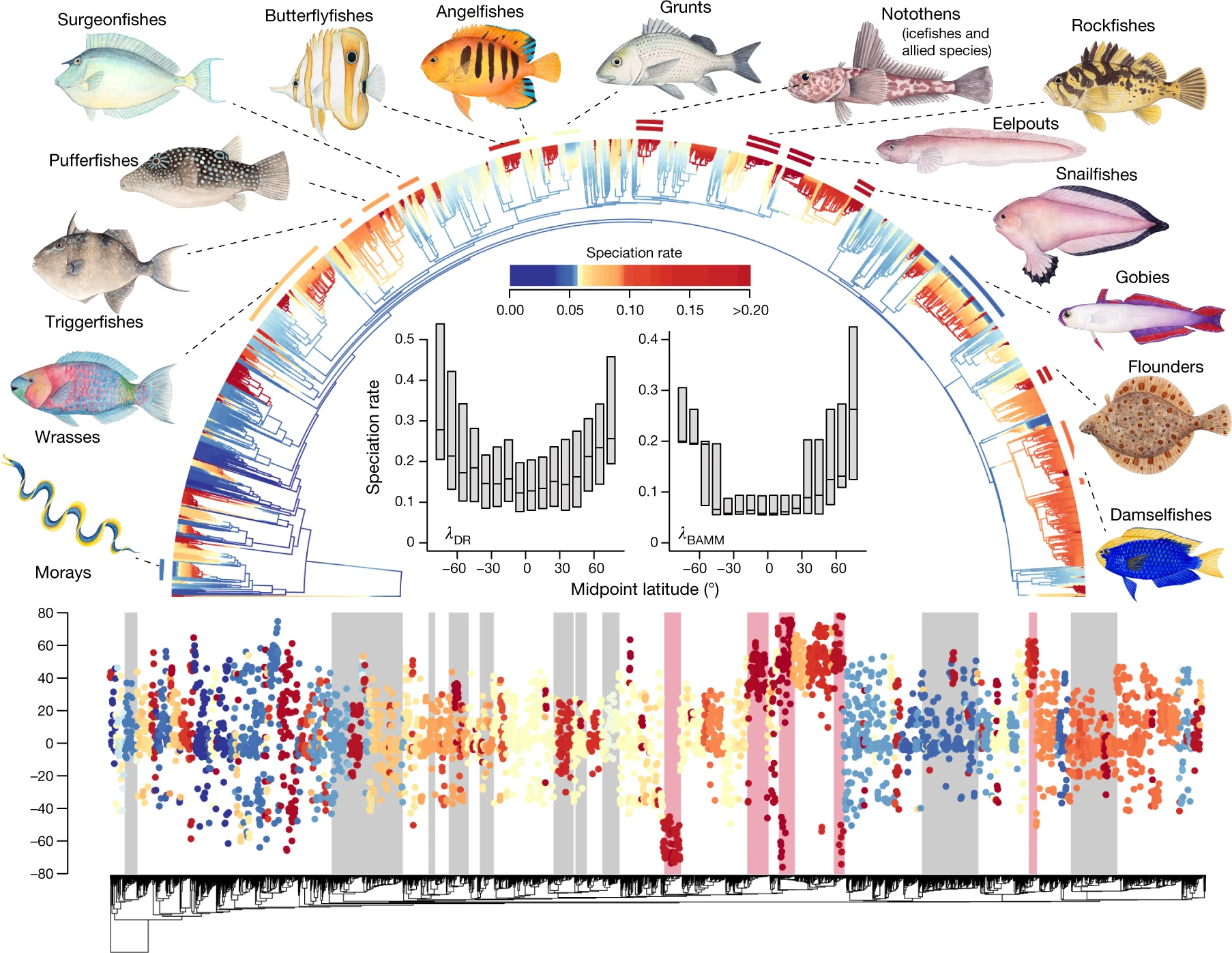
An inverse latitudinal gradient in speciation rate for marine fishes
Nature
·
01 Jul 2018
·
doi:10.1038/s41586-018-0273-1
2017
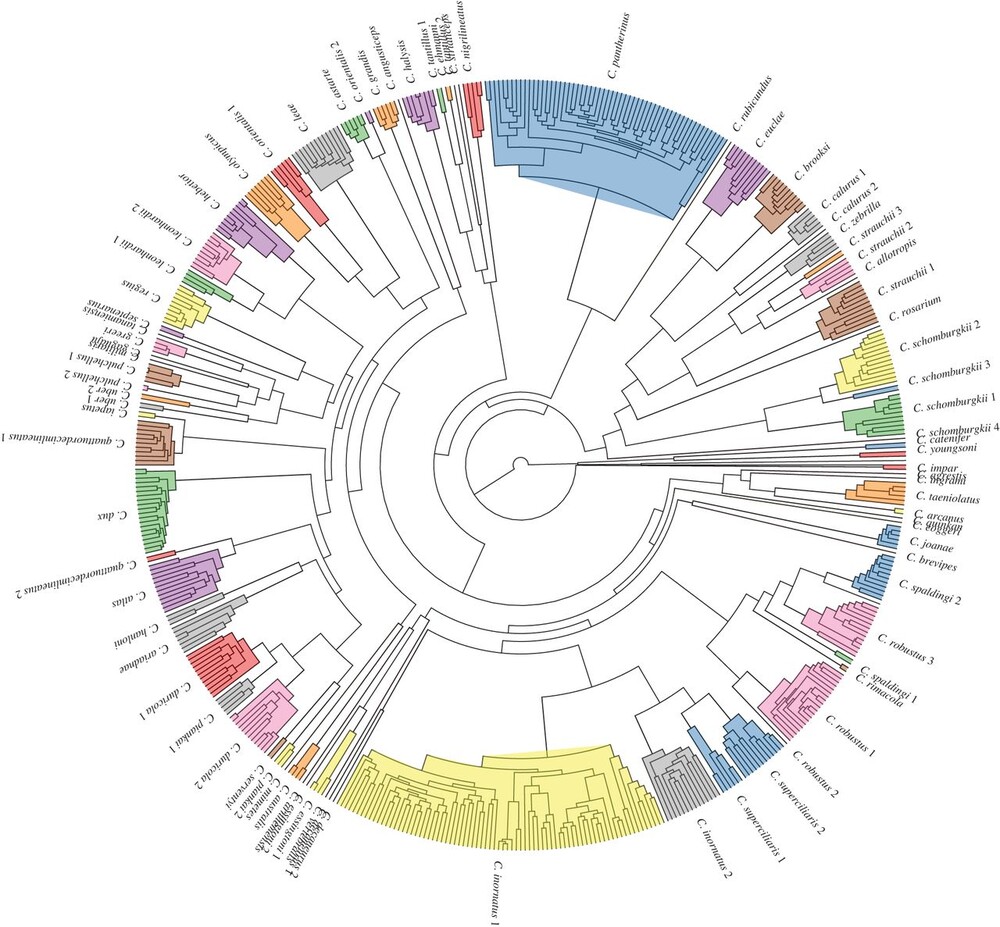
Genetic diversity is largely unpredictable but scales with museum occurrences in a species-rich clade of Australian lizards
Proceedings of the Royal Society B: Biological Sciences
·
03 May 2017
·
doi:10.1098/rspb.2016.2588
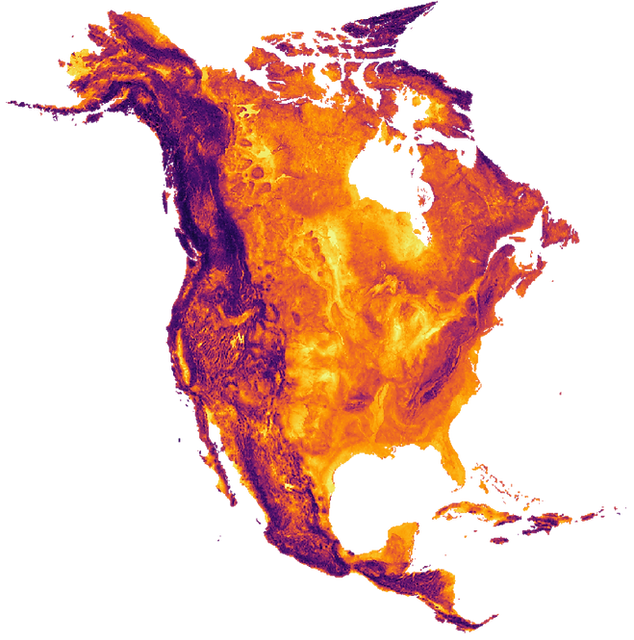
ENVIREM: an expanded set of bioclimatic and topographic variables increases flexibility and improves performance of ecological niche modeling
Ecography
·
04 Apr 2017
·
doi:10.1111/ecog.02880
2016
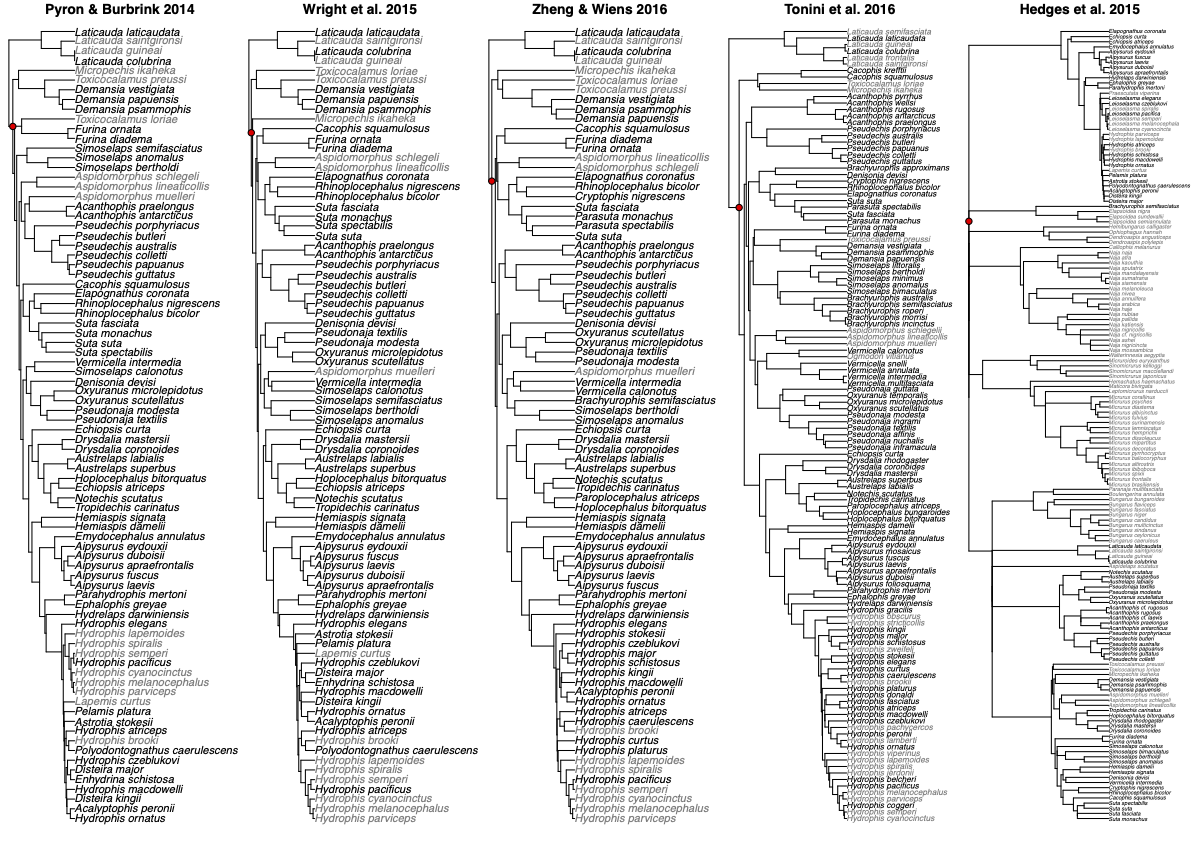
Do Macrophylogenies Yield Stable Macroevolutionary Inferences? An Example from Squamate Reptiles
Systematic Biology
·
07 Nov 2016
·
doi:10.1093/sysbio/syw102
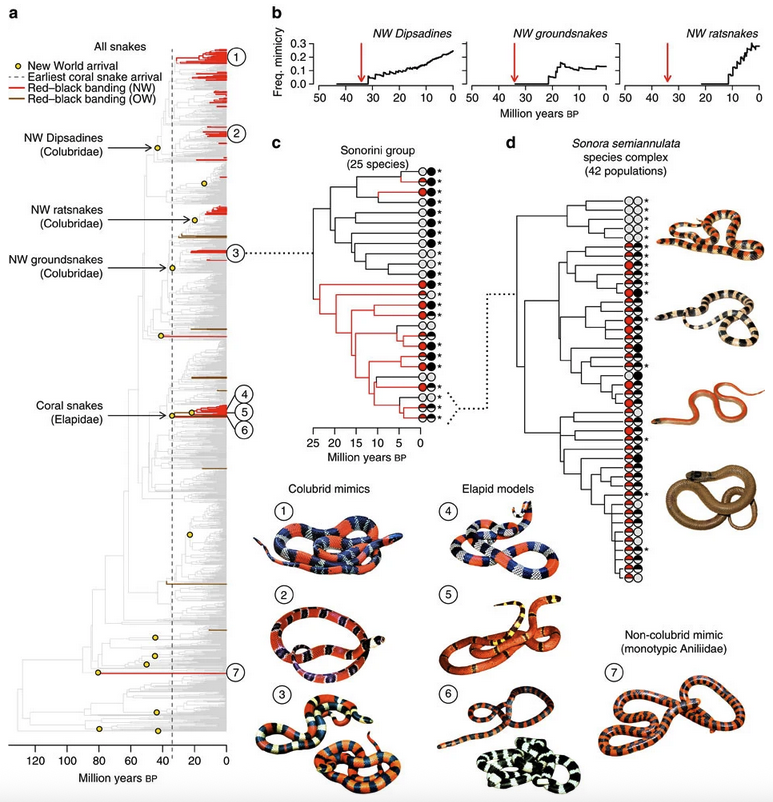
Coral snakes predict the evolution of mimicry across New World snakes
Nature Communications
·
05 May 2016
·
doi:10.1038/ncomms11484
2015
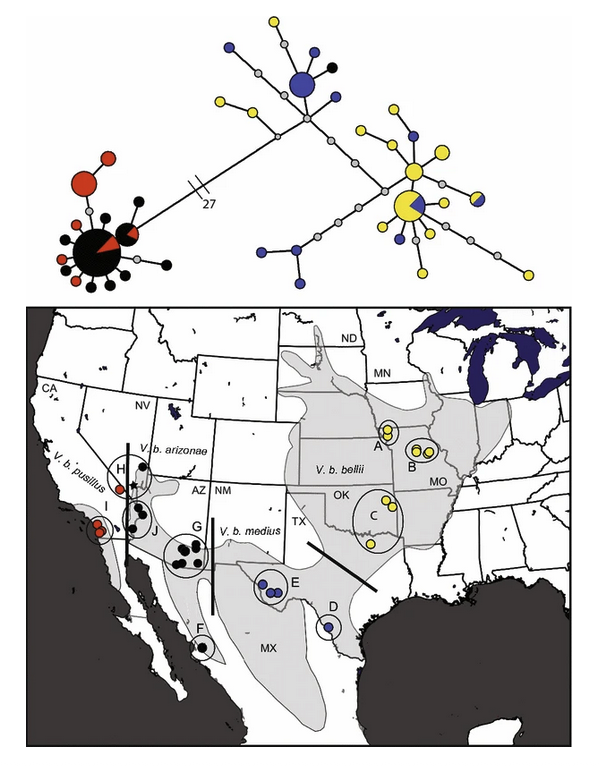
Conservation genomics reveals multiple evolutionary units within Bell’s Vireo (Vireo bellii)
Conservation Genetics
·
25 Nov 2015
·
doi:10.1007/s10592-015-0796-z
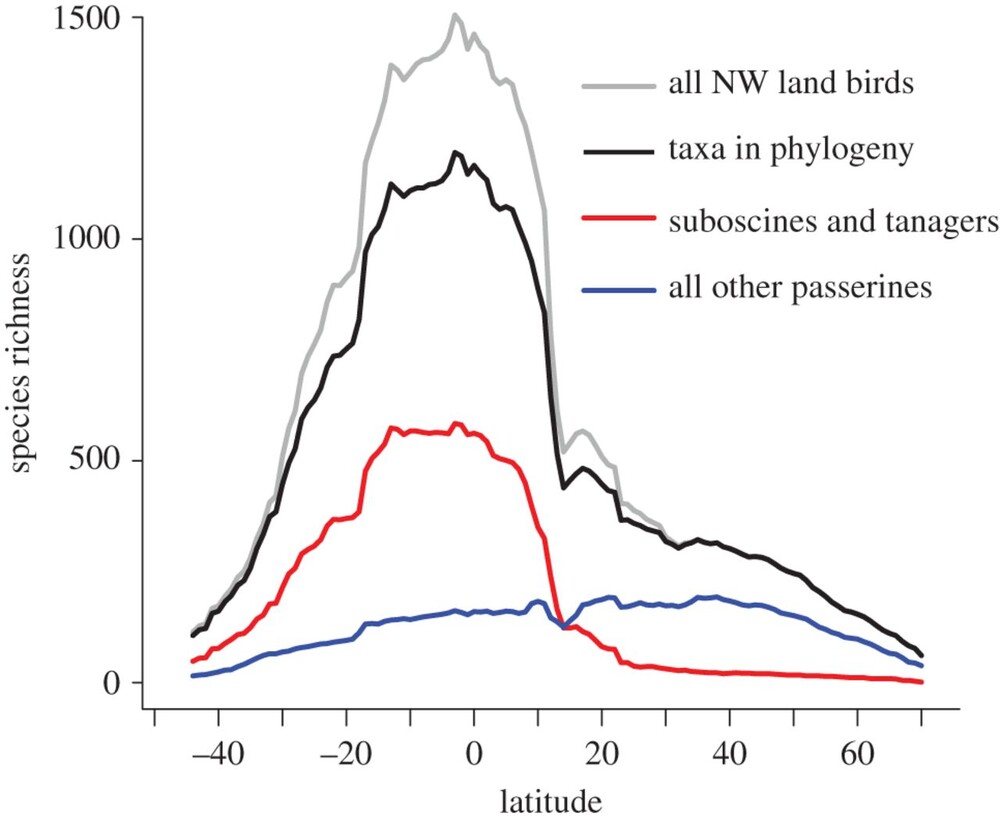
Minimal effects of latitude on present-day speciation rates in New World birds
Proceedings of the Royal Society B: Biological Sciences
·
22 Jun 2015
·
doi:10.1098/rspb.2014.2889
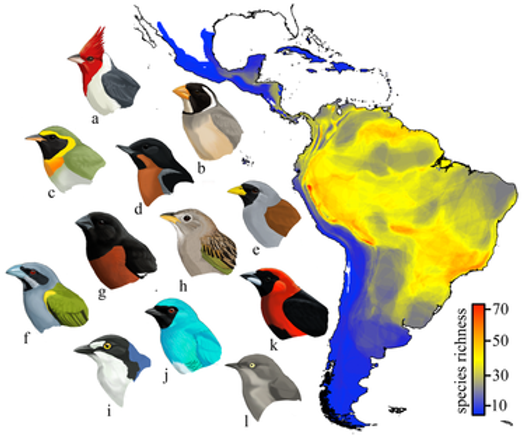
Rates of climatic niche evolution are correlated with species richness in a large and ecologically diverse radiation of songbirds
Ecology Letters
·
23 Mar 2015
·
doi:10.1111/ele.12422
2014
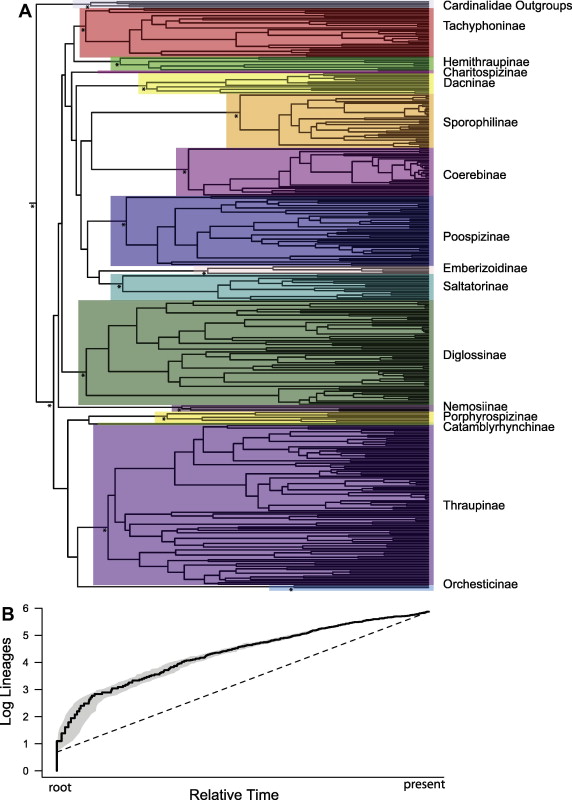
Phylogenetics and diversification of tanagers (Passeriformes: Thraupidae), the largest radiation of Neotropical songbirds
Molecular Phylogenetics and Evolution
·
01 Jun 2014
·
doi:10.1016/j.ympev.2014.02.006

Methods in Ecology and Evolution
·
10 May 2014
·
doi:10.1111/2041-210x.12199


